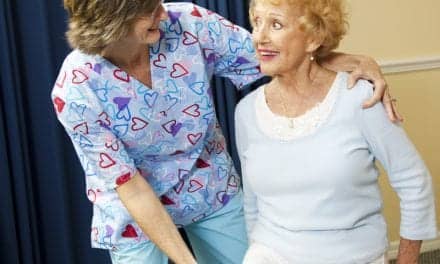Researchers from Skoltech and the University of Texas at Austin have presented a proof-of-concept for a wearable sensor designed to track healing in sores, ulcers, and other kinds of chronic skin wounds, even without the need to remove the bandages.
In the study, published in ACS Sensors, the Russia-US team, led by Skoltech provost, Professor Keith Stevenson, explored electroanalytical methods that, thanks to their relative simplicity, sensitivity, durability, and other attractive characteristics, are particularly promising for clinical applications.
The researchers built an early prototype of an electroanalytical wound sensor based on carbon ultra- microelectrode arrays (CUAs) on flexible substrates. In previous studies, this sensor had been placed on quartz substrates, but to ensure flexibility, the authors developed a method of putting the arrays on a polyethylene terephthalate (PET) substrate.
The team used a simulated wound environment to test the sensitivity of their sensor to three critical biomarkers: pyocyanin, produced by Pseudomonas aeruginosa, a bacterium typically colonizing chronic wounds; nitric oxide (NO*) secreted in response to bacterial infections by cells of the immune system; and uric acid, a metabolite which strongly correlates with the severity of a wound. All these compounds are electroactive: that is, they respond to electrical activity and thus can be detected by an electroanalytical sensor.
Testing showed that both the sensor’s limits of detection and linear dynamic ranges, which represent the ranges of concentrations where a sensor produces meaningful quantitative results, were within the biologically relevant concentrations — that means a device based on these sensors could be used for wound monitoring in a clinical setting. The researchers also tested their sensor in cell cultures, where it successfully detected pyocyanin from P. aeruginosa and NO* from macrophages (immune cells that destroy bacteria and other ‘invaders’). Finally, the sensor was also able to detect the influence of Ag+ silver ions, a known antimicrobial agent, that suppressed pyocyanin production by the bacteria, a media release from Skolkovo Institute of Science and Technology (Skoltech) explains.
“The next step is to utilize this sensor technology for in vivo studies and real-time monitoring of wound treatment effectiveness on human subjects in clinical settings,.”
— Professor Keith Stevenson
{Source(s): Skolkovo Institute of Science and Technology (Skoltech), EurekAlert]
Related Content:
This Supercharged Bandage Offers Chronic Wound Relief
Biomeds Design ‘Smart’ Bandage to Help Heal Chronic Wounds
Self-Powered Bandage Aims to Stimulate Wound Healing





